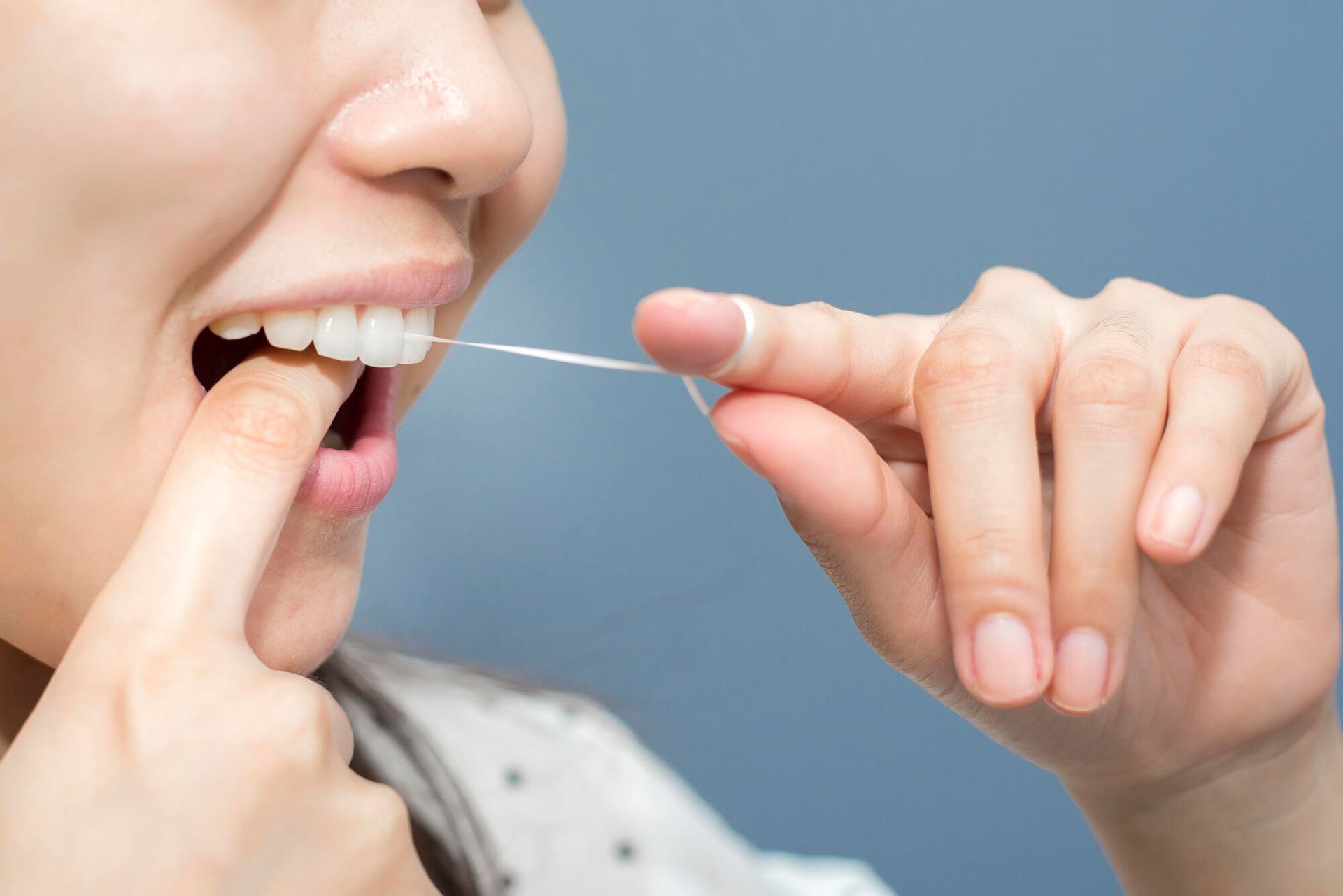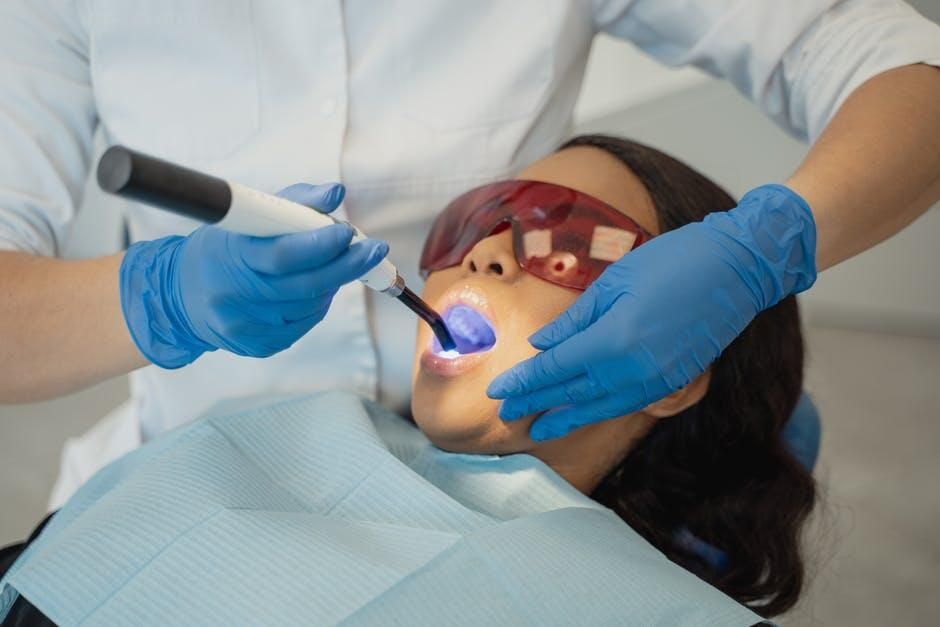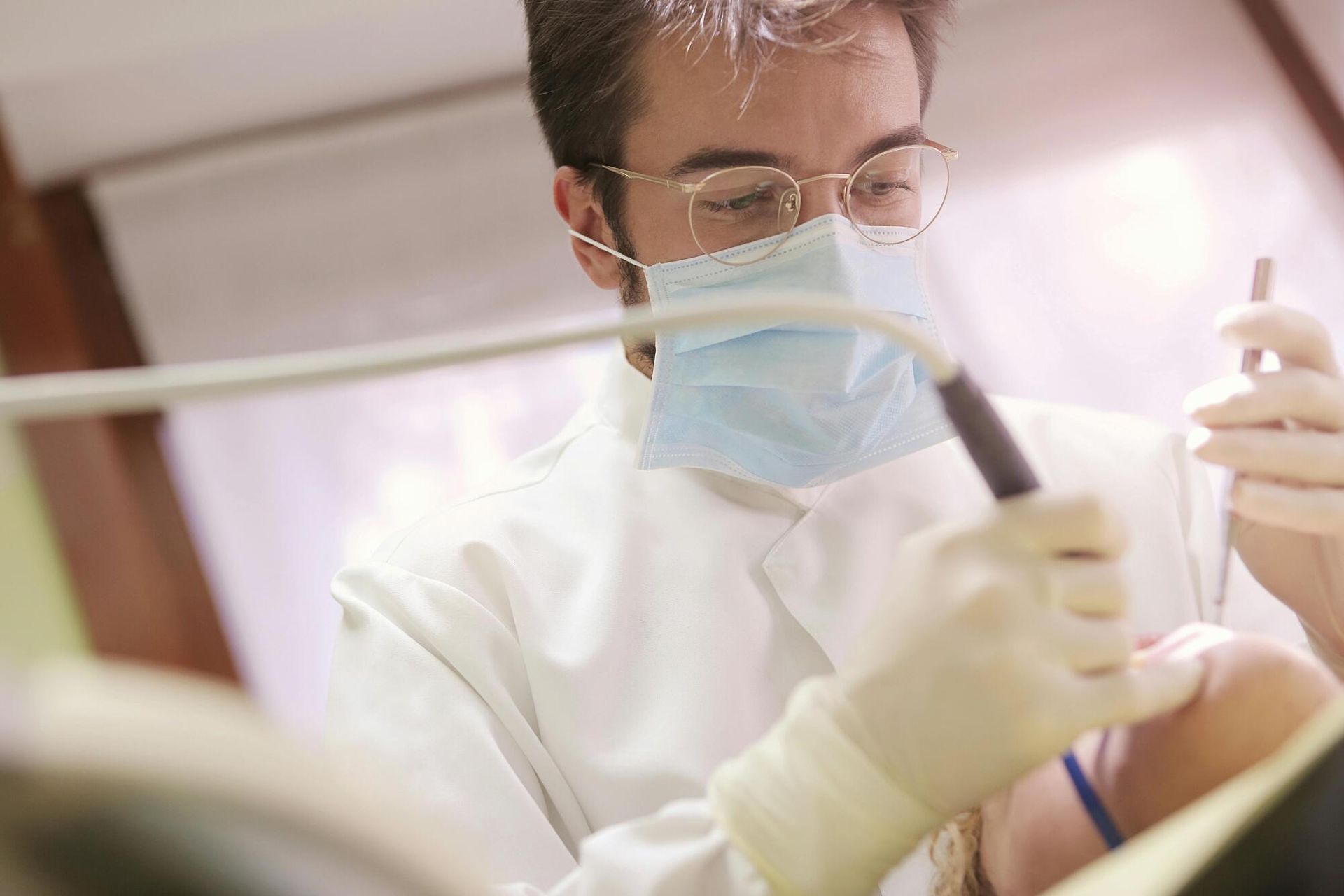New Patients Welcome
Setting Realistic Expectations: Your Teeth Whitening Timeline
How long does it take to whiten teeth professionally? The answer depends on several factors, including the method used and the condition of your teeth.
According to WebMD, professional whitening can brighten teeth by up to eight shades in as little as one appointment, while take-home kits may take a couple of weeks for noticeable results.
Today, we are taking a closer look into the teeth whitening process, the factors that affect its duration, and what you can expect when seeking a brighter smile.
Understanding the Teeth Whitening Process
Professional teeth whitening is a widely used treatment for achieving a brighter smile. While the process may seem straightforward, it involves several steps that ensure safety and effectiveness. The specific approach can vary based on the method chosen and the individual's oral health needs.
There are three primary elements to understanding professional whitening:
- The consultation process
- The application of whitening agents
- Follow-up care and maintenance
The Consultation Process
Every professional whitening journey begins with a consultation. This step allows your dentist to assess your oral health, identify any underlying issues, and determine if you are a candidate for treatment.
For instance, if you have cavities or gum disease, these problems may need to be addressed before whitening. The dentist will also discuss your goals and recommend the best treatment option, such as in-office procedures or take-home kits.
The Application of Whitening Agents
The whitening itself involves applying a concentrated bleaching agent to the teeth. In-office treatments often use hydrogen peroxide or carbamide peroxide, which breaks down stains on the surface and beneath the enamel.
A protective barrier is applied before the whitening begins to protect your gums and soft tissues. Depending on the system used, the procedure may involve multiple application rounds in a single visit, or you may be sent home with custom trays for ongoing use.
Follow-up Care and Maintenance
After the whitening treatment, follow-up care is critical in preserving your results. Dentists often recommend avoiding foods and drinks that cause staining, such as coffee or red wine, for at least 48 hours. Maintaining good oral hygiene and scheduling regular cleanings will help ensure your brighter smile lasts as long as possible.
How Long Does It Take To Whiten Teeth?
The timeline for professional teeth whitening can vary depending on the method used and the individual's needs. Some people achieve results almost immediately, while others require multiple sessions or extended at-home treatments.
Three primary factors affect teeth whitening duration:
- The type of whitening treatment used
- The level of discoloration or staining
- The desired results
The Type of Whitening Treatment Used
In-office whitening treatments typically offer the fastest results. Many patients notice a significant difference after just one session, which can take about an hour. The concentration of the whitening agents in professional settings is higher than in over-the-counter products.
For those using take-home whitening trays provided by their dentist, the process usually takes one to two weeks to see noticeable changes. The kits are designed for gradual improvements over multiple uses.
The Level of Discoloration or Staining
Teeth that are heavily stained or discolored may require longer treatment times. Extrinsic stains caused by foods, drinks, or smoking are usually easier to remove and respond well to professional whitening. Intrinsic stains originating inside the tooth can take longer to address and may require more intensive procedures.
The Desired Results
The final timeline depends on how white you want your teeth to be. Those aiming for a subtle improvement may achieve their goal faster than someone seeking a dramatic transformation. Dentists often customize treatments to balance whitening speed with the patient's comfort and sensitivity levels.
Factors Affecting Whitening Time
The time it takes to whiten teeth depends on several factors unique to each individual. While professional treatments are designed to deliver noticeable results, the speed and effectiveness of whitening vary.
The differences are influenced by the type of staining, the chosen whitening method, and personal considerations like sensitivity and oral health.
Three primary factors affect whitening time:
- The type of staining present on the teeth
- The whitening method chosen
- Personal factors like sensitivity and oral health
The Type of Staining Present on the Teeth
Teeth can become stained in different ways, and the type of discoloration affects how long it takes to whiten. Extrinsic stains caused by coffee, tea, and tobacco are usually easier to remove.
The stains are on the surface of the enamel and respond well to professional whitening treatments. Intrinsic stains, which occur within the tooth due to aging, medication, or injury, often require more intensive procedures. The time needed for inherent stains can be longer because the whitening agents must penetrate deeper layers of the tooth.
The Whitening Method Chosen
The whitening method plays a significant role in how quickly results are achieved. Due to the high concentration of bleaching agents, in-office treatments provide faster results, often within one session.
Take-home trays are practical but work more gradually, typically over one to two weeks. Over-the-counter products like whitening strips or gels can take longer using lower-strength formulas. Choosing the correct method depends on your goals, budget, and time frame.
Personal Factors Like Sensitivity and Oral Health
Every person's teeth respond differently to whitening treatments. Those with sensitive teeth may need to space out treatments to avoid discomfort.
Existing oral health issues, such as cavities or gum inflammation, can delay the process, as these problems must be treated first. Discussing these concerns with your dentist helps create a plan that balances results with comfort.
Arlington Dental Whitening
So, how long does it take to whiten teeth? It depends on your needs, but achieving and preserving results is entirely possible with the right approach.
For over 25 years, Dr. Heather Martinson, DDS, and her team have delivered personalized cosmetic and restorative dentistry to families in Arlington, TX. We are dedicated to providing thorough, compassionate care tailored to your needs. From teeth whitening to veneers and full-mouth reconstruction, we create stunning, healthy smiles that last a lifetime.
Get in touch today to learn how we can help your dental health!
817-435-4634
All Rights Reserved | Heather E. Martinson, DDS
Website designed and maintained by Xpress, INC











